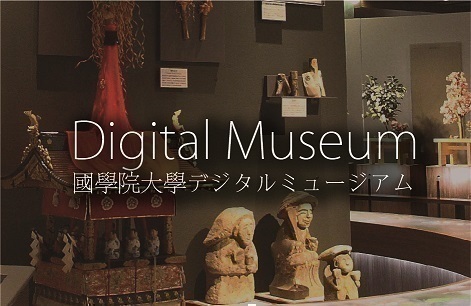- トップ
- Encyclopedia of Shinto
- Konpira Shinkō
Encyclopedia of Shinto
| Main Menu: | |
| Links: |
詳細表示 (Complete Article)
| カテゴリー1: | 6. Belief and Practice |
|---|---|
| カテゴリー2: | Shrines and Cultic Practices |
| Title | Konpira Shinkō |
| Text | This is the faith concerning the shrine Konpira Jinja. As well as being a guardian kami of seafarers and fishermen, Konpira is believed to be a "thunder kami" (raijin), a water kami (suijin), an agricultural kami (nōkōjin), and a guardian kami who keeps watch while other kami are away (rusugami). The main shrine for Konpira faith is Kotohiragū. There are other "Hitohira" shrines, and the characters used for these, 琴平 (read "hitohira" or "kotohira"), are older than the characters 金刀比羅 (read "kotohira") currently used for the shrine in Shikoku. The shrine's name is thought to derive from kotohiki, a magical practice of countering the sound of thunder with the sound of the koto instrument. There is speculation that Kotohira Shrine's relationship to thunder has similar origins to a cult of thunder and lightening that developed at Kumoke Shrine, mentioned in the Jinmyōchō section of the Engishiki as being located on Mount Zōzu. This cult developed in response to meteorological conditions between Kumoke Shrine and Ryūō (Dragon King) Lake, located at the top of Mount Ōasayama in the same mountain range as Mount Zōzu. It is not known exactly when this type of Kotohira faith became the Konpira faith, but in the medieval period a Konpira 金刀羅 kami was worshipped as a "land master kami" (jinushigami) or as a "guardian kami" (chinjugami). (See Sangeyōryakki and the Shintotaii and other such works.) Konpira kami was the guardian shrine (chinjusha) of the Matsuo Temple. It is thought that the shrine became prominent sometime between the end of the sixteenth century and the early seventeenth century. The deity of Konpira is a Japanese kami, but there is Buddhist influence on the Konpira faith at Mount Zōzu and the area was also a site of Shugendō activity. During the Edo Period the Indian deity Kumbhīra (a dragon king sea deity who protected the palace) was conflated with Konpira, and the cult spread along with the development of shipping and the creation of transportation networks. Fervent belief in Konpira as a guardian of safe sea travel is evident from the many boat ema (funaema) offered to the shrine, and from the many large lanterns donated by shrine associations (kōsha) that crowd Konpira Shrine's pilgrimage route. The belief that any prayers to Konpira would always be answered spread, and the "efficacy of the kami" (shintoku) was also lauded in kabuki and jōruri performances. The Konpira shrine "established" (kanjō) within the Edo residence of the Kyogoku family (Feudal Lords of Marugame domain in present-day Kagawa Prefecture) was opened up to commoner worship. Moreover, the shrine was mentioned in broadsheets (ichimaimono) and various written materials, further disseminating of the cult. In the countryside Konpira was worshipped as a serpent kami (jashin) and as a rusugami. In this way many permutations of the cult developed, including belief in the kami's protection of livelihood, healing of illness, and "preventing disaster and welcoming prosperity" (josai shōfuku). At Kotohiragū there are customs of offering lumber called "nagashigi, "divine rice wine" (miki) called "nagashidaru," and rice called "nagashiho" to the shrine (according to the Meiji ishin shinbutsu bunri shiryō ). Today people pray and make requests as they offer nagashidaru, but the custom originated as a ritual for subduing evil spirits. — Nogami Takahiro |




